The Grasslands: An Overview of the Variations and Diversity
The term grassland refers to plant communities dominated by grasses -commonly known as pastures- and some other families that cover large extensions of land that are not very rugged.
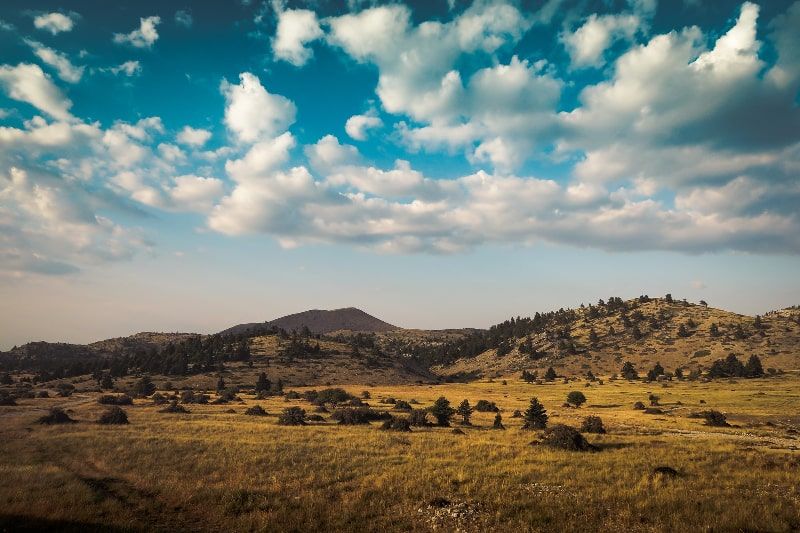
Grasslands are plant communities dominated by grasses -commonly known as pastures- and some other families that cover large extensions of slightly hilly terrain. The grasslands generally have a height of 20 to 70 centimeters, although due to intense grazing they almost always maintain a much lower level. Its characteristic coloration during most of the year is pale yellowish but greens up in the wettest season.
Location
Although grasslands exist in almost all parts of Mexico, these are much more extensive in the semi-arid regions and of rather a fresh climate; in general, they are common in flat or slightly undulating zones. This type of vegetation is found in some regions of the states of Sonora, Chihuahua, Durango, Jalisco, Aguascalientes, Guanajuato, Zacatecas, and Oaxaca, among others, covering approximately 10 to 12% of the country's surface.
Climate
This biome is characterized by thermal fluctuations throughout the day and the year. The average annual temperature varies from 12* to 20* C, the summer is warm and during the winter frosts are frequent, even snowing with some frequency in the states of Chihuahua and Sonora. The average annual precipitation is 300 to 600 millimeters, with 6 to 9 dry months; atmospheric humidity remains low during most of the year.
Soil
In general, the soils of the grasslands are fertile and moderately rich in organic matter. When they are on slopes and lack sufficient protection from vegetation, they erode easily. Its texture varies from clayey crumb to sandy crumb and its color ranges from reddish to brown.
Strata
The structure of the grassland is simple: it has an herbaceous stratum of between 10 and 30 cm in height in which grasses usually dominate.
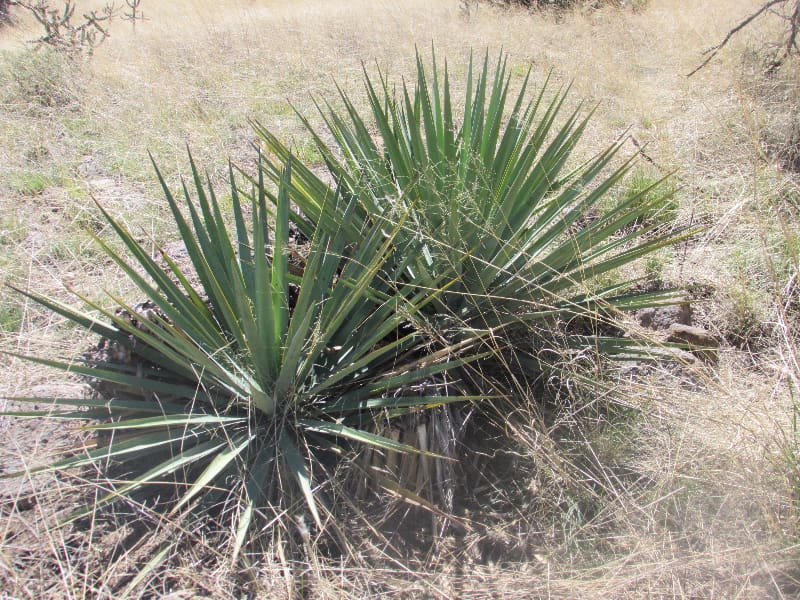
Plant adaptations
The grasses that constitute the dominant vegetation of this biome possess certain structural and physiological characteristics that allow them to tolerate the semi-arid climate, grazing, and fires. The grass grows rapidly after grazing, producing horizontal stems along the soil surface (called stolons).
When they have been trampled, some species survive by producing roots that come out of their nodes. In the dry season, grasses resist the lack of water in the upper soil layer because the fibrous roots can penetrate up to five meters to reach deep water.
Grasslands occupy approximately 10 to 12% of Mexico's surface.
Furthermore, grasses tolerate flooding better than woody plants and can quickly recolonize the soil after a fire, growing from seed. In grasses, the types of propagation and fertilization are so diverse that it makes them a flexible group to colonize and maintain themselves in new habitats.
Animal adaptations
Grassland animals lack places to protect themselves from wind, storms, temperature changes and predators, so many small herbivores hide in burrows; the prairie dog, for example, lives in subway cities with hundreds of galleries; the vole, in turn, builds wide surface tunnels and opens paths within the vegetation. The larger herbivores and predators that inhabit the grasslands are very fast because, as it is difficult to hide, speed is their best defense.
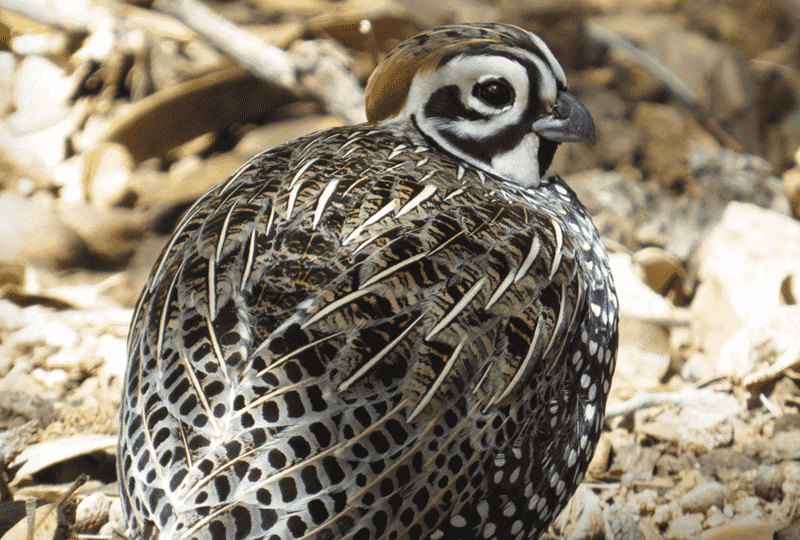
Because of the broad horizons of the plains, visual acuity is essential, so some grazing animals have their eyes away from their snouts so that they can see over the grass while eating. Also, many of the large herbivores eat in herds, which gives them greater vigilance, as each member of the group is alert to danger. Birds, such as partridges and quail, nest on the ground and constantly watch and move to flee quickly in the face of danger; their coloration also helps them to go unnoticed.
Deterioration of grasslands
The use of Mexico's natural pastures, in some cases, is not optimal and, in many places, overgrazing -due to lack of organization and adequate techniques- does not allow maximum yields to be obtained. Overgrazing and excessive trampling impede the good development and reproduction of the most nutritious plant species that are most sought after by livestock.
This favors the establishment of plants that animals do not eat (because they are often poisonous) and the reduction of soil cover, exposing it to the effects of erosion. A forgotten and overgrazed pasture means desolation, erosion and malnourished livestock.
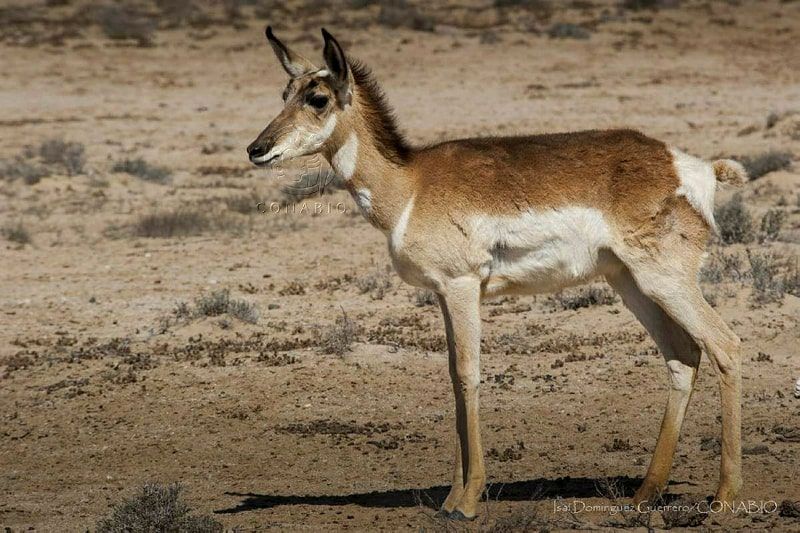
Pasture Conservation
Over the years, biologists and concerned individuals have employed a number of techniques for the reestablishment, maintenance and enhancement of wildlife populations. These include: protectionist laws, wildlife refuges, predator control and, more recently, habitat improvement.
Normally, the best project to increase wildlife populations is to improve the quantity and quality of habitat. Many wildlife biologists believe that habitat improvement is absolutely essential. In other words, even with protective wildlife laws, predator control, and artificial propagation, wildlife populations will be in jeopardy if their habitat is encroached upon, destroyed, or allowed to deteriorate. It is not surprising, therefore, that so much emphasis is placed on habitat protection and acquisition.
An example of conservation: prairie dogs
(Cynomys mexicanus and Cynomys ludovicianus)
Prairie dogs are small rodent mammals, weighing approximately 1 kg, that inhabit the prairies and grasslands of northern Mexico. They are diurnal and live in subway burrows formed by complicated galleries divided into pavilions. They used to form very numerous colonies and were part of the characteristic fauna of the grasslands; nowadays, their populations have been severely affected by the transformation of their habitat and because they are considered a harmful species to humans.
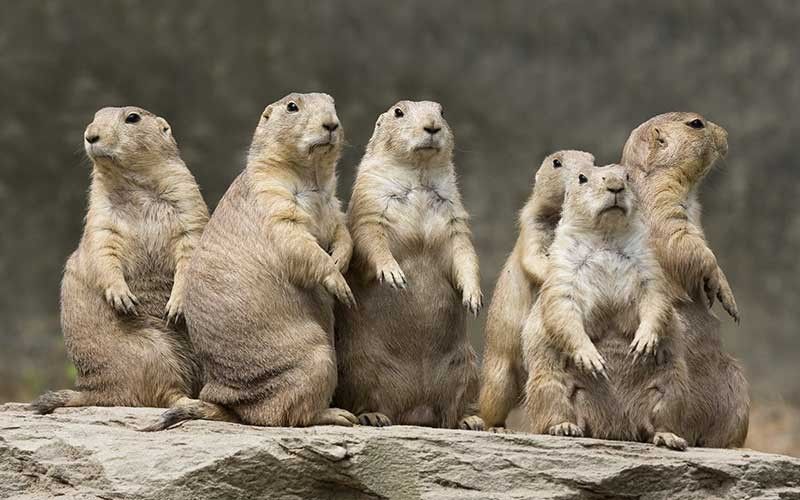
The genus is made up of 5 species, two of which are found in Mexico: Cynomys mexicanus and Cynomys ludovicianus. These animals are found in the states of Chihuahua, Sonora and Zacatecas, among others, although the size of the populations varies considerably from one place to another.
Cynomys mexicanus is classified as an endangered species and its future is not very encouraging due to the human pressures to which it is subjected. Cynomys ludovicianus should be considered as a threatened species, in order to prevent its population from being reduced to a minimum in the future. Both species present the following factors as causes of their disappearance:
Their areas of distribution are used for livestock and agricultural activities.
Since they are considered a pest that destroys crops and damages pastures, they are exterminated.
Grasslands suitable for their development are fragmented by the construction of highways and roads.
They are vulnerable to pesticides.
Some people hunt them for food, although this is done on a very low scale.
Their use as pets.
In the state of Chihuahua they are used for sport hunting.
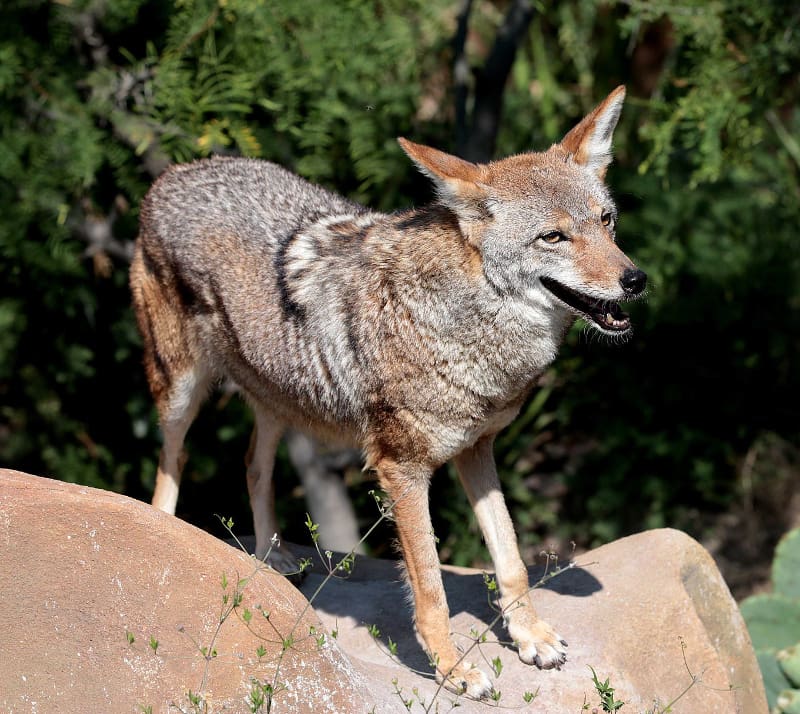
Various conservation measures have been proposed, such as the establishment of reserves. The areas near Pancho Villa, Monte Verde and El Cuervo, in Chihuahua, are ideal for a biological reserve for C. ludovicianus. However, the case of C. mexicanus is even more delicate due to its restricted distribution and the small number of its populations.
Why should grasslands be conserved?
Grasslands are a source of food, fiber and fuel;
Used for cattle and horse breeding;
Prevent the establishment of invasive plant species;
Essential for pollinating species;
Contribute to climate regulation;
Recharge aquifers.
Glossary
Biome. Set of natural regions with similar climate, flora and fauna. Biomes are recognized mainly by the appearance and structure of the vegetation. The interaction of climate, flora and fauna gives rise to a characteristic type of ecosystem.
Hunting. Pertaining or relating to hunting.
Gramineae. A family of plants, usually with narrow leaves and inconspicuous flowers, often known in Mexico as grasses. Many of its representatives are of economic importance. Example: rice, maize, barley, etc.
Sources: Citlalli Álvarez, Correo del Maestro. No. 25




